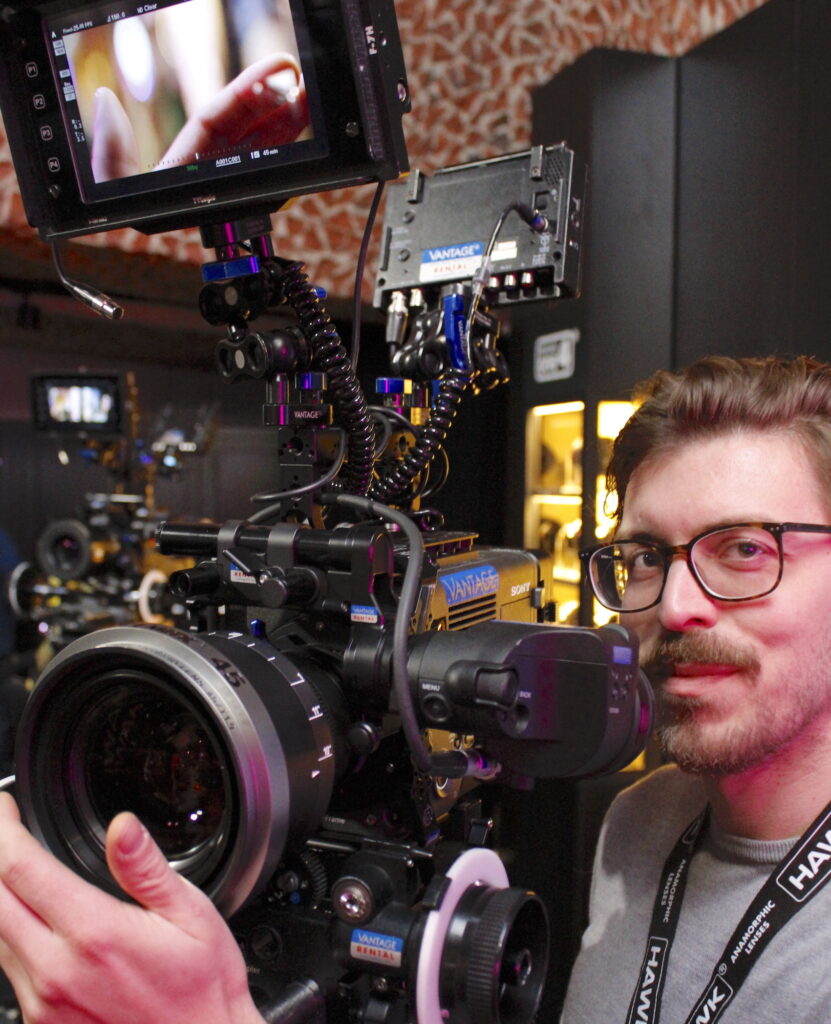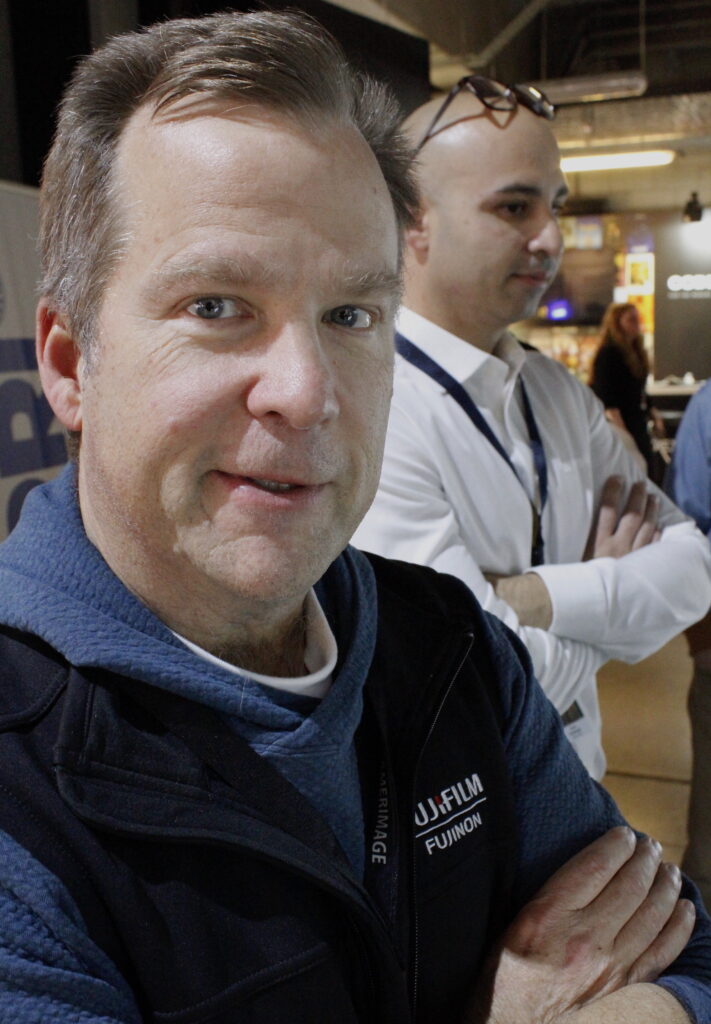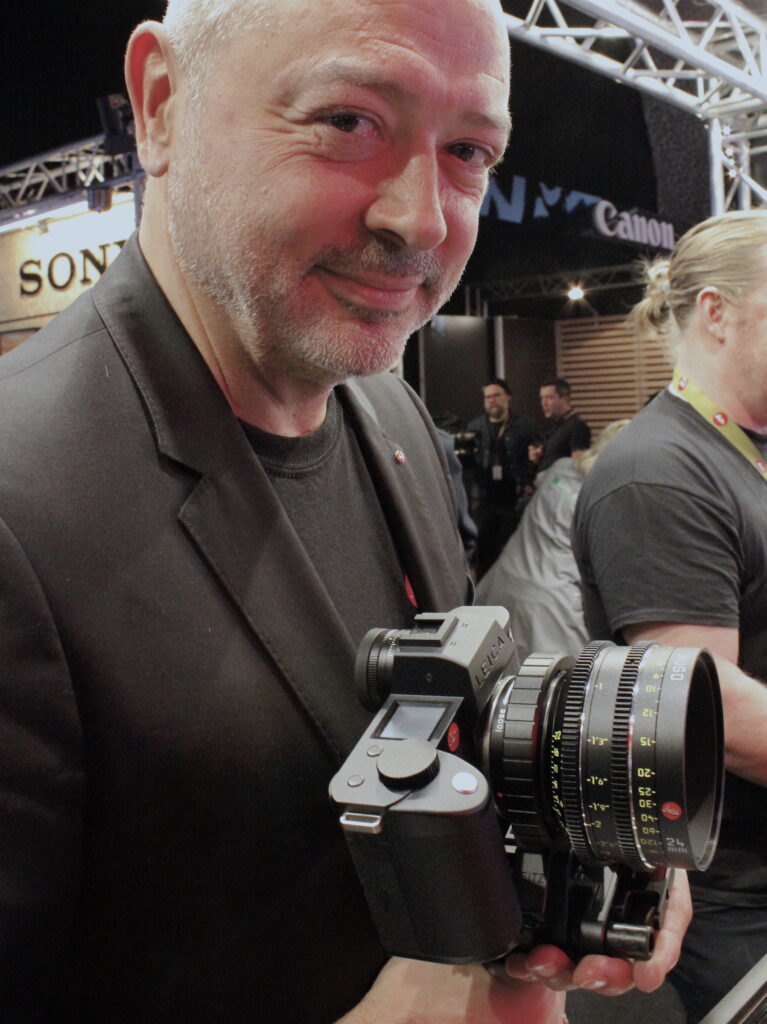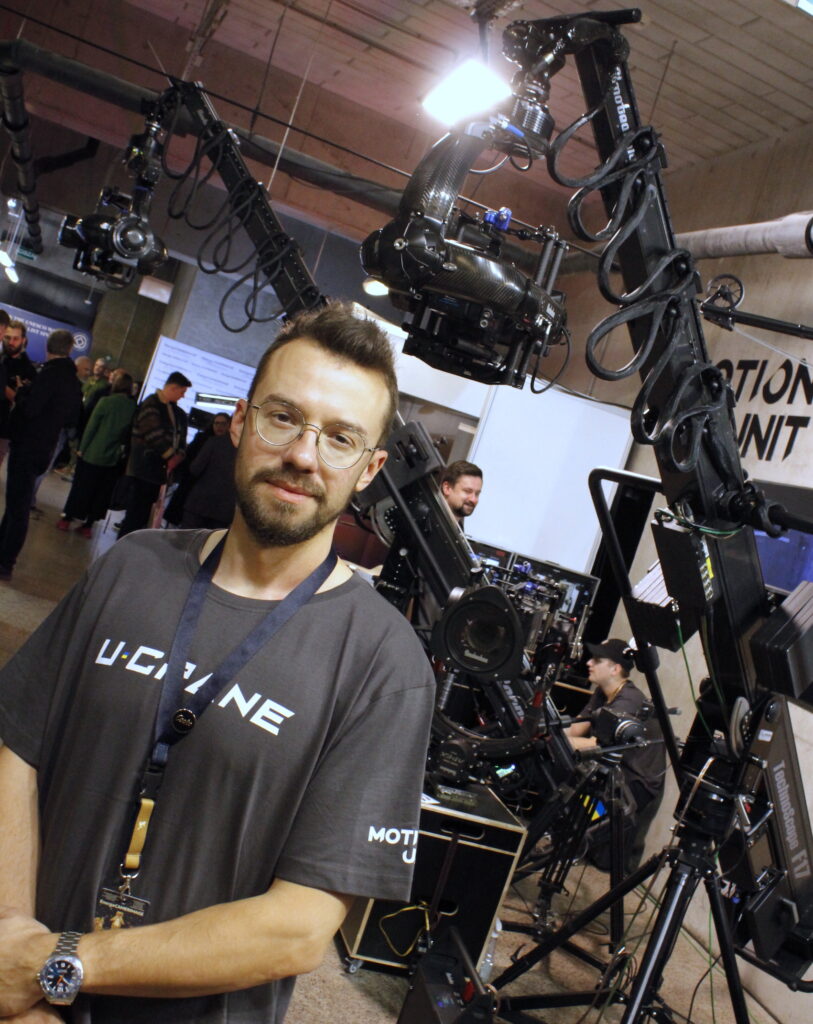
The extremely beautiful and charming little medieval city of Torun in Poland became, between the 12th and 19th of November, the stage upon which the 30th edition of the Camérimage International Film Festival played out. And just as in real life the earth revolves around the sun, so most things in Torun normally revolve around the city’s most famous son, responsible for this groundbreaking discovery: the renowned 16th century astronomer Nicholas Copernicus. With its charm and historical importance, Torun is a veritable magnet for school excursions, and so swarms of young children in orange reflexive vests are everywhere, eager to admire and play with the many adorable small statues which are spread out around the city and constitute another signature attribute of Torun.
The Camérimage Festival itself is spread out over several locations in the city, with the impressive CKK Jordanki building as it’s epicentre. The Jordanki is where the most prestigious screenings and award ceremonies take place, and it’s also where you find the technical exhibition. As this is of particular interest to our readers, we’ll cut right to the chase! The technical exhibition, or ”Camerimage Market” as it is called, is laid out along a straight line on the lower level of the Jordanki building. There are booths on both sides as you stroll through and there’s plenty to catch your eye!

Vantage Film, famous for their HAWK anamorphic lenses, have strategically pinched the very first spot at the entrance of the exhibition. I have a chat with Barbara Weiß, senior Director of Key Accounts, and learn that HAWK have just launched a series of very special lenses: HAWK MHX Hybrid Anamorphics. These lenses cover Large Format sensors, and their unique quality is that they are spherical lenses, but with anamorphic characteristics! Barbara’s colleague Arne Marwan demonstrates a lens for me and lo and behold: we’re talking a perfectly spherical lens, but with distinctly elliptical bokeh and shallow depth of field, just like you would have expected from an anamorphic lens. And of course this means you don’t have to de-squeeze the image in your viewfinder. The MHX lenses also boast very close focus, almost like macro lenses. What’s not to like about that?

Fujifilm have a very exciting new super-35, PL mount, box lens in the works, and here at Camérimage to tell us about it is Thom Fletcher, Director of marketing Fujifilm North America, Optical Devices Division.
”I think the very second that people realize what they can actually do with this lens, they’ll quickly forget what shape it is,” Thom predicts. ”The 25mm wide angle end, the extreme 1000 mm telephoto end, and the fast f2,8 speed for a lens with this capacity, are very compelling attributes. It will ramp to a f5 at the long end of the zoom, but still at 700 mm it’s a f3,9.”
Thom explains that crews who are shooting multi camera events have been dying for a lens that’s longer and faster. ”Our T2,8 75 to 400 mm zoom has been very popular for that world,” he observes, and continues: ”People put a doubler on it and then they get 150 to 800 mm but they lose two stops and the widest focal length is 150 mm. Now with this new box lens we have the best of both worlds with 25 mm on the wide and 1000 mm on the long end of the zoom.”
”The built-in 1,5 expander allows you to mount the zoom on large format cameras, such as the Venice 2 or the Arri LF Mini, enabling you to zoom in to a close shot of, say, the lead singer at a rock concert and have him or her nicely separated against a soft focus background of musicians, chorus singers or what have you. Today the standard version of this type of shot is everybody is in focus since the camera has a 2/3” sensor. And needless to say, due to the enormous range of this zoom, if you realize you then need a full wide shot of the whole stage, you just back off to the wide end and you’re in business.”
Thom notes that the few lenses that Fujifilm have made available up to now have been used on the Super Bowl Halftime Show, and that crew won an Emmy for their efforts. ”The people who have tried it are very excited about what you can do with this zoom,” he continues. ”We’re getting a prototype of this lens to the United States on December 11, and it’s going to be used almost immediately on a Mariah Carey concert then. I think the cinema community are going to be using this lens for specialty shots because they’ve never had a PL 500 mm 2.8 lens before, and you can zoom in to 1000 mm and still be on an f5,” Thom offers with a smile.

At a nearby stand we find publishers Stuart Walters and Sam Skiller who, together with Editor Zoe Mutter, are responsible for that classiest of cinema periodicals: British Cinematographer Magazine, the go-to Bible for European as well as world-wide cinematography enthusiasts. Stuart and Sam are very cheerful, so either publishing a film magazine is really this much fun or the lavish parties thrown almost every night during Camérimage might have something to do with it. The jury is still out on this one.
”Hugo” (2011) was the name of an uncharacteristically nonviolent Martin Scorsese picture. It is also the name of a new range of lenses from Leitz, and we find their booth just a further ten paces down the aisle.

The Leitz Cine Lens family by now has eight members, and Tommaso Vergallo demonstrates the Hugo lenses to me. The Hugo set consists of eight focal lengths, all of which are T1.5, plus it also boasts a 50 mm with a maximum aperture of a whopping T1.0! They are all lightweight and compact and built with legacy Leica M glass. They cover the full frame format and come with your choice of LPL, L or M lens mounts, and so with a series of adapters available from Leitz, the Hugos can be mounted on a variety of camera systems. The company also offers the ”Henri” Director’s finder, an ingenious collapsible little gadget on which you can mount your Leica SL2-S camera with the lens you want to use for your shot. Tommaso Vergallo can be seen here in the photo holding the ”Henri” with a Hugo 24 mm lens.
At the far end of the Camerimage technical Market there is a sort of cul-de-sac where you can either turn around and go back the same way through the exhibition or hang a right and continue on to the seminar auditorium. In the very cul-de-sac area, the companies Filmotechnic/Motion Unit showcase an impressive assortment of car-mounted camera cranes and Technoscope telescopic cranes.

Filip Jurzyk, camera operator and founder of the Polish company Motion Unit, which is the Polish partner of Filmotechnic, gives us the Grand Tour through the product line on display here.
We can begin with stating that it is a very small wonder the ingenious inventors of these today ubiquitous chase car cranes no longer want them referred to as ”Russian Arms”. Since these cranes are a distinctly Ukrainian invention, the brain child of the engineers at Filmotechnic Camera Remote Systems in Kiev, the capital of Ukraine. In fact, they have chosen to christen their full-size heavy duty crane the ”U-Crane”, leaving little doubt as to its country of origin. ”Filmotechnic were always the global leaders in developing better and better car mounted stabilization devices,” Filip explains and goes on to show us a case in point: two very impressive variants of the Filmotechnic trademark car-mounted camera cranes. These are mounted on an American Bombardier 200-horse-power terrain vehicle, which should give you full freedom to stage any kind of chase your imagination can come up with.
But perhaps the most exciting product on display are two extremely lightweight telescopic cranes made out of carbon fibre material.
”Filmotechnic just recently began developing telescopic cranes,” Filip continues, ”and the carbon fibre construction means you can take them apart and with only a two or three person crew carry them up stairs and mount them inside a building or on a rooftop -or why not in the woods. Every DP who has used these lightweight cranes say they are a total game-changer, because you can bring them absolutely anywhere, which was previously impossible.”
The larger of these two, the Technoscope F27, has an arm weighing in at 120 kilos and its smaller sibling the F17 boasts a 50 kilo arm, translating into excellent versatility of use. No longer do you have to concern yourself with what the maximum payload your mounting site can handle may be. If you yourself can stand on it, chances are it’s sturdy enough at least for the smaller crane. And maximum reach is very impressive given how lightweight these cranes are: 8,3 metres for the F27 and 5,3 metres for its smaller sibling. An ingenious rain deflector rig rounds out the portfolio in the Filmotechnic/Motion Unit booth.
We mentioned the seminars just now in the previous segment, and there are close to a hundred of them, as well as workshops, happening all the time throughout the Camérimage Festival. The result is such an overwhelmingly appetizing Smorgasbord that one almost doesn’t know where to begin taking it all in. Happily, in the Jordanki the seminars are televised and shown on monitors everywhere in the building, so if your schedule prohibits you from attending in the auditorium you still have a chance to listen in for a while at one of the monitors.

Another of the Festival locations is the giant multiplex Cinema City, which hosts a number of fascinating events as well. A memorable one is the ASC Tribute to Sven Nykvist, ASC FSF, which is moderated with consummate skill by renowned cinema journalist Benjamin B –of thefilmbook.com fame- in conversation with a panel featuring distinguished cinematographers Ed Lachman ASC and Charlotte Bruus Christensen, ASC DFF, as well as yours truly. The French Society of Cinematographers, AFC, have covered this Tribute nicely in an article on their website. Link to article. If you want an english version, just use Google Translate and it’ll create one instantly. Translated to English.
True to form, The Camérimage Festival is traditionally rounded off with an impressive closing ceremony in the Jordanki main auditorium on Saturday 19th. Sadly though, due to other commitments, I myself with some friends and colleagues had to leave Torun already on Friday evening. And so we made our way out of a city brimming with activity, one day ahead of the grand finale. The key issue when winding down for other large events, like the BSC Expo for example, is transporting equipment away. But as the Camérimage Festival is truly one of the most important events of the year to the international community of cinematographers, here the focus is more on the logistics of returning the festival guests safely to their respective countries all over the globe.
Lars Pettersson FSF


























